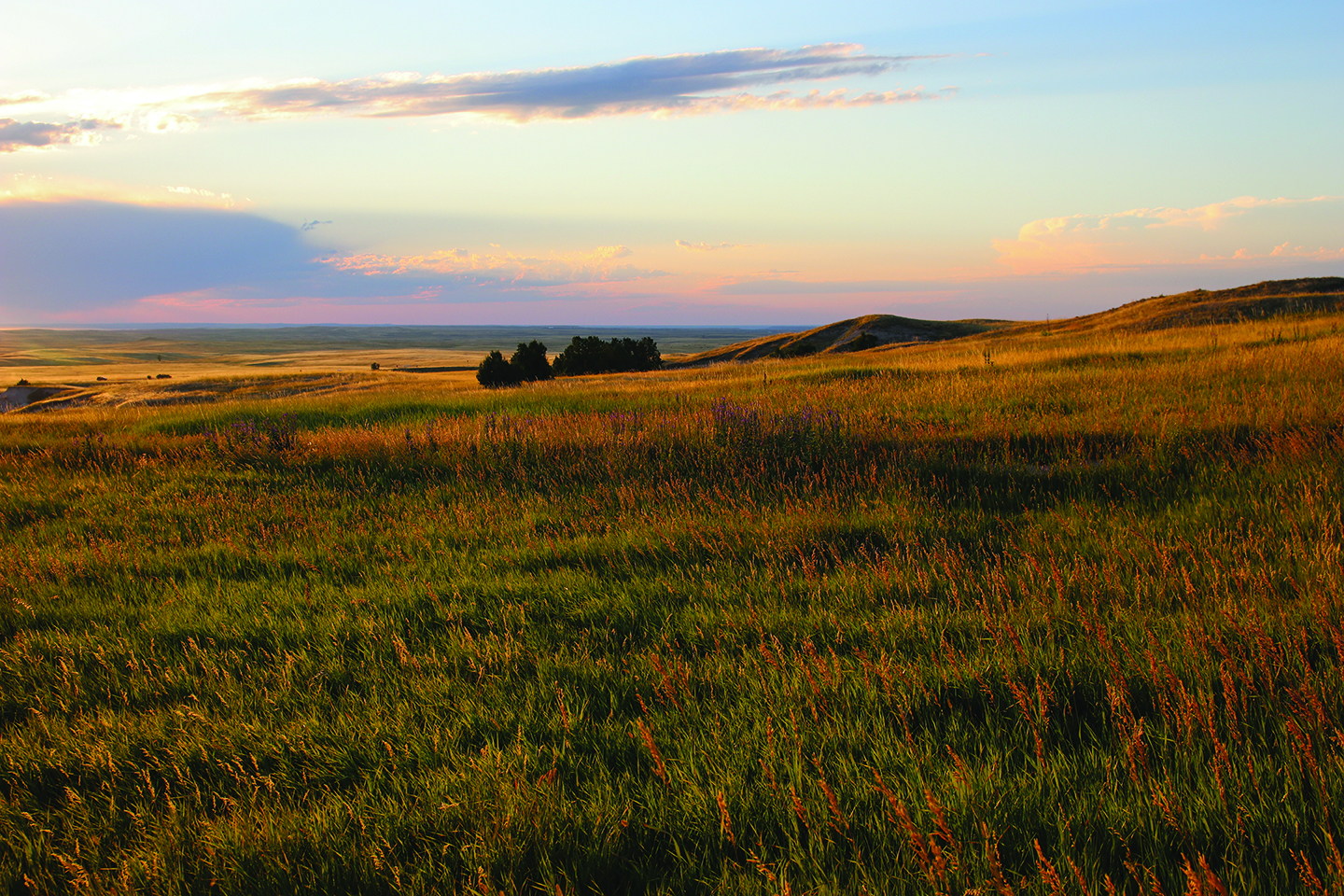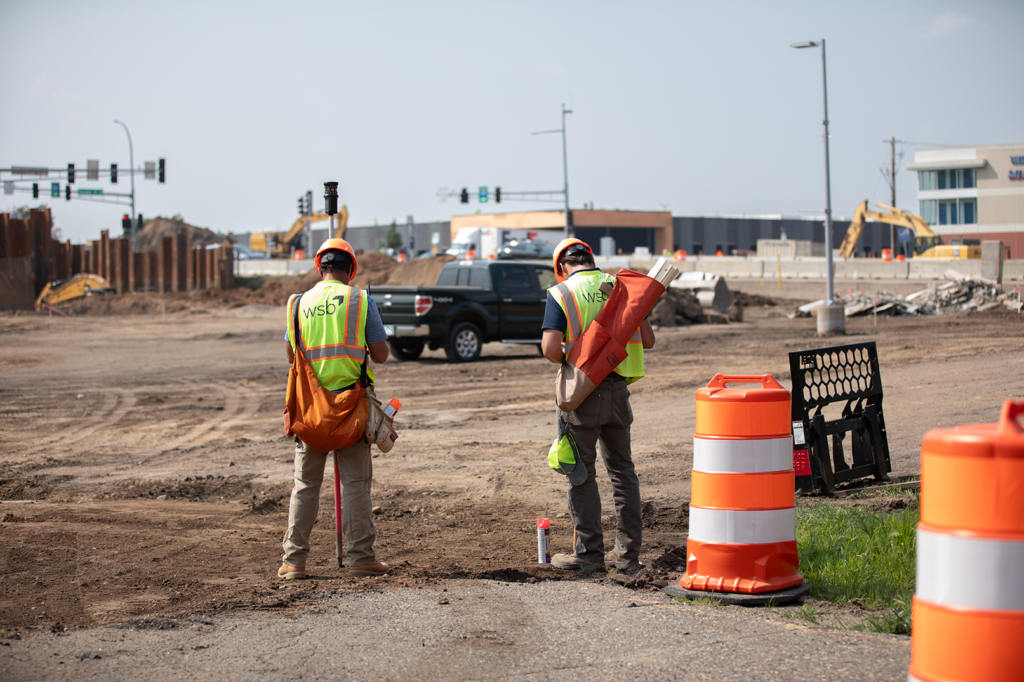July 23, 2025
By Amber Adams, Grants & Funding Program Manager, WSB
Tribal communities across the nation are at a pivotal moment in addressing infrastructure needs that are vital for their growth, resilience, and sustainability. From roads and bridges to water systems and broadband connectivity, investments in infrastructure are essential. Not only for improving quality of life but also for fostering economic development. However, navigating the maze of available government funding can be challenging, and gaps in resources often remain. This article outlines the current state of funding tribal community infrastructure. While addressing the challenges, identifying funding opportunities, and providing actionable tips for securing grants and awards.
The Current State of Government Infrastructure Funding
In recent years, federal and state governments have recognized the need to invest in funding tribal communities. They have allocated funds for infrastructure development through programs like the Infrastructure Investment and Jobs Act (IIJA), the Tribal Transportation Program (TTP), and various grants from the Bureau of Indian Affairs (BIA). These funds represent a historic opportunity to address long-standing disparities, yet hurdles remain in accessing and deploying these resources effectively. However, the priorities and policies of the current administration may impact the scope and allocation of these programs. With potential shifting focus to other national objectives, thereby influencing the areas where tribal communities can benefit most.
Challenges such as administrative complexities, insufficient technical capacity, and competition for funding often stand in the way of tribal nations. These barriers prevent them from fully leveraging available opportunities. Additionally, some funds are designed with narrow scopes, limiting their applicability to the diverse needs of tribal communities.
Challenges in Securing Infrastructure Funding
Tribal communities face a unique set of obstacles when it comes to securing government infrastructure funding:
- Administrative Barriers: Many grant programs require extensive documentation, project details, and compliance with regulations that can be cumbersome for under-resourced tribal governments.
- Technical Capacity: Successfully applying for and managing infrastructure grants often requires expertise in planning, engineering, and financial management, which may not always be readily available.
- Competition: With increased awareness of the need for infrastructure investment, tribal communities often compete with other entities, including municipalities, for the same funding allocations.
- Matching Funds: Some programs require matching funds, which can be a challenge for communities with limited budgets or access to capital.
Available Funding Sources
Despite these challenges, there are a variety of infrastructure opportunities for funding tribal community projects across federal, state, and philanthropic sources including, but not limited to:
- Infrastructure Investment and Jobs Act (IIJA): This legislation includes billions of dollars earmarked for transportation, broadband, clean water, and energy infrastructure, with specific provisions, or set-asides for tribal nations.
- Tribal Transportation Program (TTP): Administered by the Federal Highway Administration, TTP provides funds for planning, designing, and constructing transportation projects in tribal communities.
- Bureau of Indian Affairs (BIA) Grants: BIA offers programs for housing development, roads, and emergency management infrastructure.
- Environmental Protection Agency (EPA) Tribal Water Grants: These grants support safe drinking water and wastewater projects in tribal communities.
- EPA General Assistance Program (GAP): Provides annual funding to tribal governments to build capacity for administering environmental protection programs. GAP grants support planning, training, and development of tribal environmental programs.
- EPA Brownfields Program – Section 128(a) Tribal Response Grants: Offers cooperative agreements to tribal governments to assess, clean up, and revitalize brownfield sites. In FY2025, tribes can apply for up to three technical assistance grants (TAGs) to support site inventories, assessments, and community engagement.
- USDA Rural Development Programs: Tribal communities can access funding for broadband expansion, water systems, and community facilities under USDA initiatives.
- Economic Development Administration (EDA) Grants: Through programs like the Public Works and Economic Adjustment Assistance, EDA funds infrastructure that supports job creation and economic development in tribal communities. Planning and technical assistance grants are also available.
- Department of Energy – Office of Indian Energy: Offers competitive grants and loan guarantees for energy infrastructure projects on tribal lands. In 2025, a $25 million funding opportunity supports renewable energy deployment and grid modernization.
- Tribal Solar Accelerator Fund (TSAF): A philanthropic initiative by Tribal Energy Alternatives, TSAF provides grants for solar energy infrastructure, workforce development, and energy sovereignty initiatives in tribal communities. It supports both facility-scale and residential solar projects.
- National Telecommunications and Information Administration (NTIA) – Tribal Broadband Connectivity Program: Funds broadband deployment, digital inclusion, and telehealth infrastructure in tribal areas.
- FEMA Tribal Mitigation Grants: Supports hazard mitigation planning and infrastructure projects that reduce disaster risk and enhance community resilience.
- Land and Water Conservation Fund (LWCF): Administered by the National Park Service, LWCF provides matching grants for the acquisition and development of public parks and outdoor recreation areas. Tribal governments are eligible applicants.
- Recreational Trails Program (RTP): Provides funding for the development and maintenance of recreational trails and trail-related facilities. Many states allow tribal governments to apply directly or in partnership.
- Rural Economic Development Loan and Grant Program (REDLG): Administered by USDA, this program supports rural infrastructure and community development projects, including those led by tribal utility organizations.
- Tribal Energy Financing Program (DOE Loan Programs Office): Offers up to $20 billion in direct loans or loan guarantees for large-scale tribal energy projects. Which includes clean energy generation and transmission.
Tips for Securing Infrastructure Funding
To improve the likelihood of securing grant funding, tribal communities can take several strategic steps:
- Develop a Clear Vision: Define your community’s priorities and align them with the objectives of available funding programs. A well-articulated project plan can make your application stand out.
- Build Partnerships: Collaborate with state and local governments, non-profits, and private entities to strengthen applications and expand resources.
- Invest in Grant Writing Expertise: Having experienced professionals who understand the nuances of grant applications can significantly improve your chances of success.
- Leverage Capacity Building Opportunities: Attend workshops and webinars organized by funding agencies to better understand application requirements and processes.
- Focus on Compliance: Ensure that your projects meet the technical, fiscal, and environmental standards required by the funding agencies.
Partnering with WSB’s Grants and Funding Team
Navigating the complexities of infrastructure funding can be daunting, but tribal communities don’t have to do it alone. At WSB, we specialize in connecting communities with the resources they need to bring critical projects to life. Our Grants and Funding team has experience in identifying opportunities for funding tribal projects. We craft compelling grant applications and ensure compliance throughout the process.
Understanding that every project is unique, we take a tailored approach to each. We help tribal communities pursue funding that aligns with their priorities. Our team provides in-depth research, strategic guidance, and technical expertise to support projects from concept to completion. Whether you’re launching a new infrastructure initiative or seeking funding to advance an existing one, WSB is here to be a trusted partner in your success.
For generations, tribal communities have demonstrated strength, resilience, and a deep connection to the land and people they serve. Today, the path to building and improving infrastructure is not just about roads, water, or energy. It’s about honoring the legacy of ancestors and protecting the sovereignty of future generations.
While the journey to funding tribal projects can be complex, it is also filled with opportunity. With the right partners, strategic planning, and a clear vision, tribal nations can access the resources needed to bring transformative projects to life. Projects that reflect the values, culture, and aspirations of their people.
At WSB, we are honored to walk alongside tribal communities in this work. Together, we can build infrastructure that not only supports daily life but also strengthens self-determination, economic vitality, and the enduring spirit of tribal nations.





